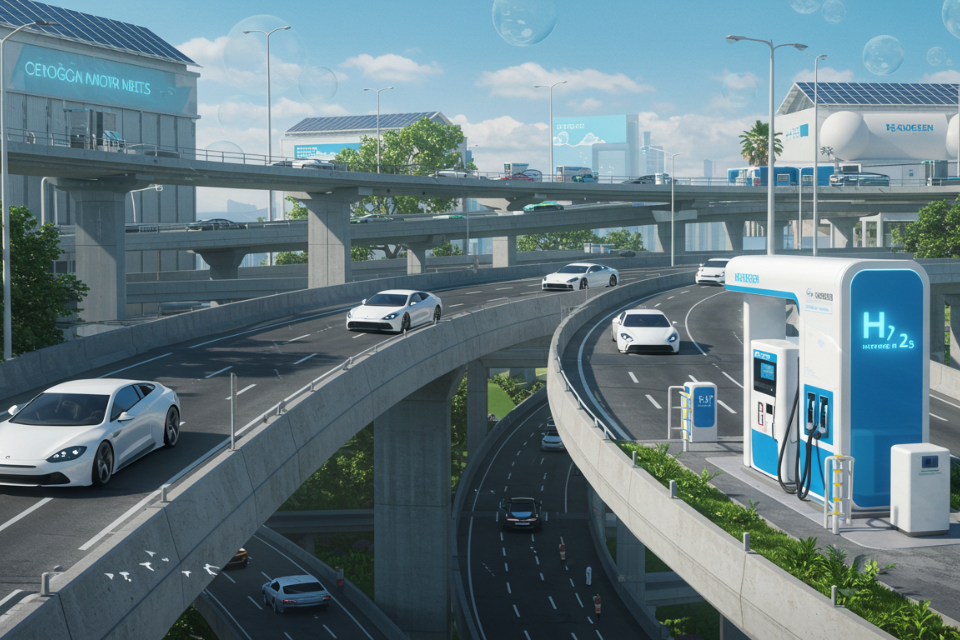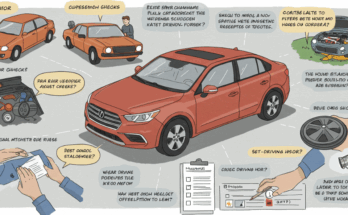The automotive world is abuzz with talk of electric vehicles, but another contender is quietly gaining traction: hydrogen cars. But are they truly the future of driving in 2025? Let’s explore the possibilities and challenges.
The Science Behind Hydrogen Cars
Hydrogen cars utilize fuel cells that combine hydrogen and oxygen to produce electricity, emitting only water vapor. This differs significantly from combustion engines, offering a potentially cleaner alternative. Learn more about the fuel cell technology.
Advantages of Hydrogen Vehicles
One key advantage is the rapid refueling time, comparable to gasoline cars, unlike the longer charging times associated with battery electric vehicles (BEVs). They also boast a longer driving range and can be more affordable to produce than BEVs, but only if the hydrogen infrastructure expands significantly. Read an independent study comparing hydrogen and electric vehicle costs.
Infrastructure Challenges
A major hurdle is the lack of widespread hydrogen fueling stations. Building this infrastructure requires substantial investment and presents a significant logistical challenge. The current scarcity greatly limits the practicality of hydrogen cars for most consumers. Check out the current map of hydrogen fueling stations.
Hydrogen Production and Storage
Producing and storing hydrogen efficiently and safely also presents complexities. Many current methods of hydrogen production rely on fossil fuels, negating some of the environmental benefits. Safe, large-scale storage is another issue needing resolution. Discover the latest advancements in green hydrogen production.

Performance and Cost
While hydrogen cars offer impressive performance, their initial purchase price can be higher than comparable gasoline or even electric vehicles. This price disparity is largely due to the limited scale of production and the specialized technology involved. See a comparison of vehicle prices.
Environmental Impact
The environmental benefits of hydrogen cars depend heavily on the method of hydrogen production. If produced using renewable energy sources, they offer a truly clean solution. However, using fossil fuels in the production process reduces the environmental benefits significantly. Explore the life-cycle emissions of hydrogen vehicles.
Government Policies and Incentives
Government support and incentives will play a crucial role in shaping the future of hydrogen cars. Subsidies, tax breaks, and infrastructure investments can accelerate adoption and drive down costs.
Conclusion
Whether hydrogen cars become the dominant force in the automotive world in 2025 remains uncertain. While they offer many advantages, significant challenges related to infrastructure, production, and cost need to be addressed. The future hinges on technological advancements, economic factors, and supportive government policies.
Frequently Asked Questions
What is the range of a hydrogen car? The range of a hydrogen car varies depending on the model, but it’s generally comparable to or better than that of gasoline vehicles, usually exceeding 300 miles.
How long does it take to refuel a hydrogen car? Refueling a hydrogen car is remarkably quick, usually taking only a few minutes, similar to gasoline vehicles.
Are hydrogen cars environmentally friendly? The environmental friendliness of hydrogen cars depends heavily on the method used to produce the hydrogen. If produced using renewable energy sources, they are much cleaner than gasoline vehicles. However, if produced using fossil fuels, their environmental impact is diminished.
How much does a hydrogen car cost? Currently, hydrogen cars are more expensive than comparable gasoline or electric vehicles. However, the cost is expected to decrease as production increases and technology improves.
Where can I find a hydrogen fueling station? The availability of hydrogen fueling stations is still limited, so it’s essential to check online resources to locate the nearest station before embarking on a long journey.



